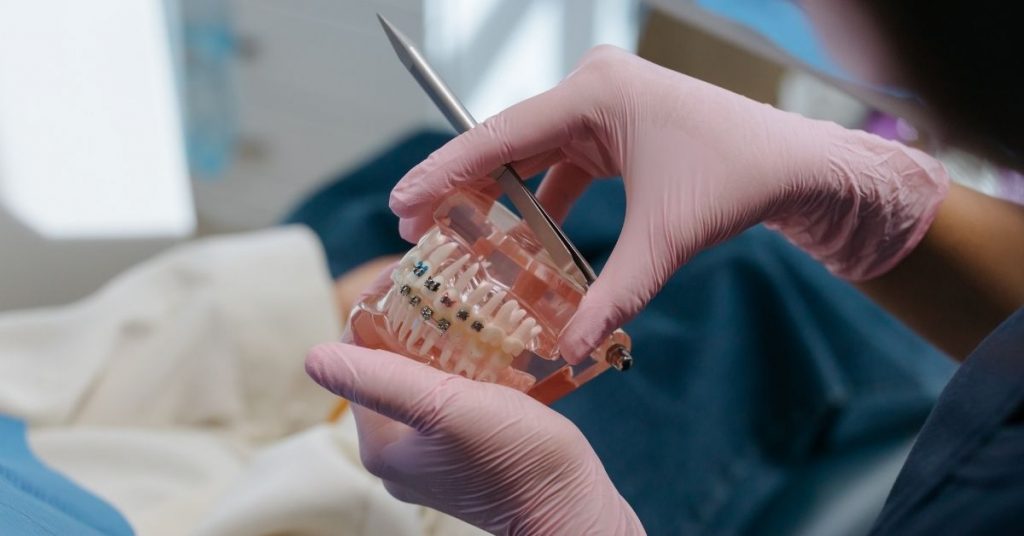The Importance of “Why”

If you are a follower of my weekly column, you know that I am currently “on the warpath” with regard to the need for improvement in doctor communication skills during the initial consultation. Today’s post focuses on one specific shortfall that has been present, to varying degrees, with every doctor that I am currently working with in my coaching program – which tells me that it is a virtually universal oversight.
Your education trained you to fix problems with teeth, and you are skilled at doing so. Unfortunately, however, when you are discussing treatment with a potential patient, your presentations follow suit: specifically, you are good at explaining what the problems are, but don’t address why the problems that you have identified need to be fixed.
This step should always follow the review of issues that you have identified post-chair, and might be introduced as follows: “Mrs. Jones, now that we’ve reviewed the issues with Junior’s teeth, let me explain why these items need to be corrected”. This portion of your presentation should also, when appropriate, include the consequences of not having the issues corrected, which, when present, is the most significant consideration factor in the decision to begin treatment.
Most of you don’t do this at all – you explain the problems that you have identified without addressing the benefits of having them corrected – and you miss the opportunity to build value into your recommendations. That’s a real shame, because this is a two-minute investment of time that gives your buyer the justification that hey need to invest in treatment. It also means that, if this step is ignored, you are left with a potential patient who now understands what is wrong with their teeth, but hasn’t been given a compelling reason to have those problems corrected. I don’t need to tell you what the result of that outcome is likely to be.
The solution? Make “why” a standard follow-up to “what”, and both you and your patient will benefit.



